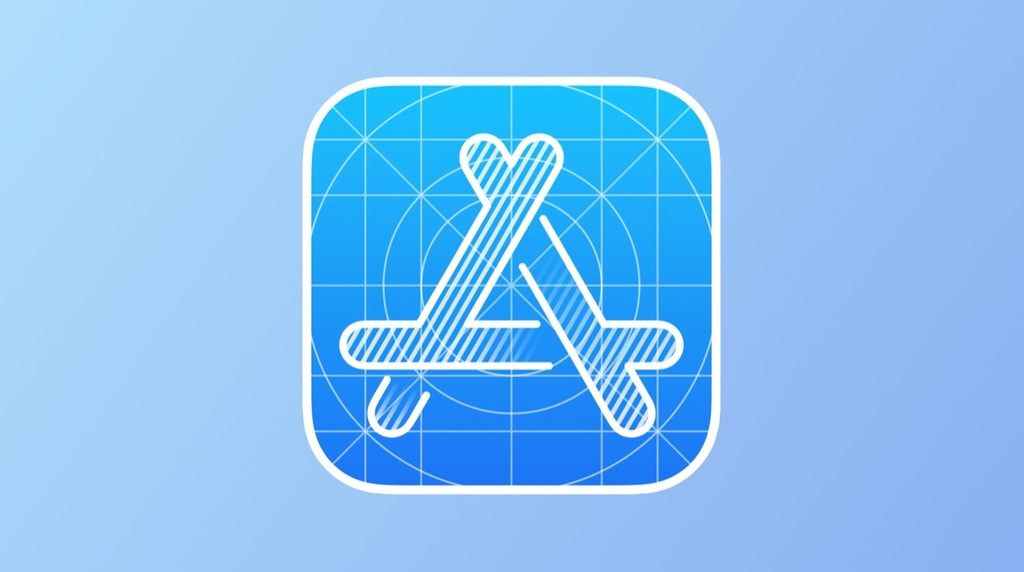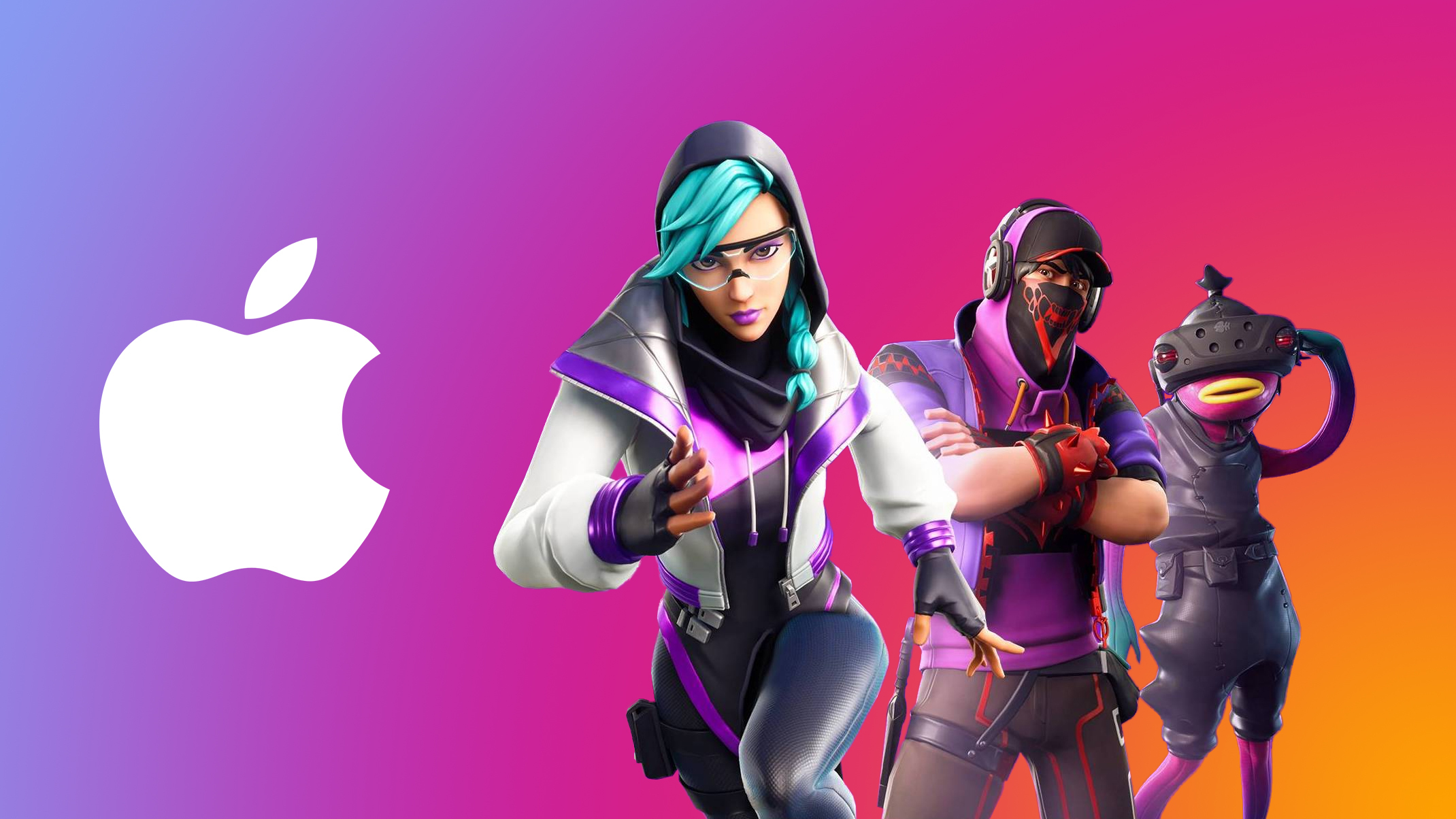Android fans are switching to iPhones in record numbers – here’s why
The Android vs iPhone debate – or rather, the Android vs iOS debate – has raged for as long as both operating systems have been out in the wild, but new figures suggest one camp will be the much happier of the two in 2023.
According to a new report from Consumer Intelligence Research Partners (CIRP), the last 12 months have seen Apple lure more users away from Android than at any other point in the last five years. The research institute found that, from March 2022 to March 2023, 15% of individuals who purchased an iPhone indicated that they had switched from an Android phone.
In other words: iPhones are winning the war. But why? In this article, we highlight five possible reasons – some objective, some subjective – why Android phones continue to lose so much ground to Apple’s pocket-sized marvels.
1. iPhones offer longer software support
(Image credit: Shutterstock / Primakov)
The strongest hold iPhones have over Android phones is their superior longevity. Apple generally supports new iPhones with iOS updates for five or six years after their release, and those updates come to all devices in one fell swoop. Sure, the oldest devices don’t always support every new feature of a given iOS update, but their security and basic functionality are maintained to a high standard for an impressively long time (there’s a reason why you still see so many banged-up iPhone 8s knocking around).
Android phones, on the other hand, aren’t supported for anywhere near as long as iPhones. Samsung, for instance, offers four years of software updates and five years of security updates for the best Samsung phones, while Google offers Pixel users three years of software updates (and the same security commitment). You do the math: you’re able to use iPhones for longer.
As TechRadar’s US Mobiles Editor, Philip Berne – a loyal Android fan – recently wrote in an article pleading with Google to give Android its day in the sun at Google I/O 2023: “We respect things that are reliable. We respect products that last and last, proving their value. We respect devices that exceed our expectations and don’t let us down.
“If I buy an iPhone 14 today, I know that Apple will support it for five or six years to come, maybe more. […] That’s long enough to be a hand-me-down, which is game-changing when a phone costs so much. I can use my iPhone 14 Pro for 3 years, then give it to my child to keep for another few years. I know that I’ll have the same parental locks and protection that I have today because Apple will keep updating.
“If I buy a Samsung or Google phone today, the best I can hope for is four years of updates, and that’s only if I buy the best phones. If I buy anything less, that lifespan for support gets cut considerably.”
2. iPhones offer better resale value
(Image credit: Shutterstock / Xolodan)
As a by-product of their superior longevity, iPhones offer better resale value than Android phones. They’re smarter investments for those who regularly chop and change their devices, being some of the most expensive phones to buy second-hand.
Take the iPhone 13 series, for example. At launch, the iPhone 13 and iPhone 13 Pro cost $799 / £779 / AU$1,349 and $999 / £949 / AU$1,699, respectively. Two years later, and you’re still able to get around 75% of that cost back, depending on your chosen marketplace.
For comparison, Samsung’s 2021 flagship phone, the Samsung Galaxy S21 Ultra, cost $1,199 / £1,149 / AU$1,849 at launch and retails for some 60% less on the second-hand market in 2021 (and that’s going by eBay – where used iPhones cost the most).
3. iPhones offer iMessage
(Image credit: Shutterstock / DenPhotos)
iPhones offer iMessage whereas Android phones don’t. Why does this matter to people? It’s hard to say for sure, but we suspect that the reasons go beyond a simple preference for blue-colored messaging bubbles.
Rather than just being a fancy version of SMS (Short Message Service), iMessage behaves in a similar way to Facebook Messenger. Messages, photos, and videos sent between iPhone users use Wi-Fi and data instead of eating into users’ text message plans, and this dissociation with cellular networks allows for a bevy of iMessage-specific features. You can react and reply to iMessages, translate them, and even send money in the Messages app using Apple Cash.
None of this is possible through basic SMS messaging, and although a new communication standard – RCS (Rich Communication Service) – may eventually improve the messaging experience between Android and iOS devices, Apple has so far shown an (understandable) reluctance to level the playing field.
4. iPhones are more popular with young people
(Image credit: Shutterstock / Kaspars Grinvalds)
We’ll rip the band-aid off: iPhones are still seen as cooler than Android phones in 2023. Why? It’s hard to say, but their popularity among young people is undeniable.
As Phil puts it in his aforementioned article: “The Wall Street Journal says that Gen Z leads the charge toward Apple dominance. I can personally attest to that, as my son is 14 and he has an iPhone 11. It is not his first iPhone 11, it’s his third, since he’s broken a couple over the years.
“Every time he breaks his iPhone I ask if he wants to trade it for something else. ‘A better iPhone?’ He asks. Well, no, I explain. A Samsung Galaxy S23 Plus. See, Samsung will give you good money for your iPhone, even if it’s broken, and all you have to do is switch…
“He waves me off with a flap of his hand. This conversation ended before it began. He wouldn’t switch from his iPhone. There’s no chance, I needn’t suggest it. He can’t even explain why. His friends all have iPhones. Does it bother him when a friend shows up with a green bubble in a chat? He doesn’t know, because it hasn’t happened yet.” Ouch.
5. iPhones boast a better app selection
(Image credit: Shutterstock / Tada Images)
This one’s a little subjective, but iPhones offer a better app selection than Android phones. To be clear: we’re not talking about numbers here – in fact, some reports have it that the Google Play Store boasts almost two million more apps than Apple’s App Store. But the unprovable truth is that App Store apps tend to be of a higher quality than their Google Play counterparts.
Why? There are two reasons, in our book. The first is that app developers typically make more money through iOS, so they prioritize the App Store when it comes to the speed and polish of their products. The second is that Apple’s App Store offers a larger selection of pro-level creativity and productivity apps – those which are optimized for the respective screen sizes of the iPhone and iPad, whereas Android tablet apps are not always optimized.
The takeaway
It’s no secret that Google faces an uphill battle if it hopes to close the gap between Apple and its iOS-powered iPhones, not least because popularity breeds more popularity. The more people that use iPhones, the more popular iPhones become – and it’s not a great look when those users continue to defect from Android in increasing numbers.
So, what can Android developers do to stop the exodus? They should start by taking a leaf out of Apple’s book and streamlining the whole operating system. The first time you boot up an Android phone, you’re met with tons of garbage – games, in-house apps, third-party apps – that just aren’t of any interest to most people. Who needs two photo gallery apps, anyway?
To its credit, Android is definitely a more versatile platform than iOS, but great customization shouldn’t come at the expense of usability, and there’s no denying that Apple has nailed down the ‘anyone can use this’ aesthetic of iOS. Your grandma or teenage daughter probably wouldn’t have a hard time setting up a new iPhone straight out of the box, but Android phones are still seen as much more complex devices filled with options and shortcuts that baffle and deter the unfamiliar user.
Finally, there’s the “Which Android are you using?” question. Because Android is available from a wide variety of handset manufacturers, there’s no telling which version of Android you’ll get. With iPhone, if you buy a new one, it will have the latest version of iOS. Even if you get a used one, you can instantly – assuming it supports it – upgrade to the latest version. Android may never catch up to Apple if it can’t get every partner (and the carriers who often control updates) on the same page.






